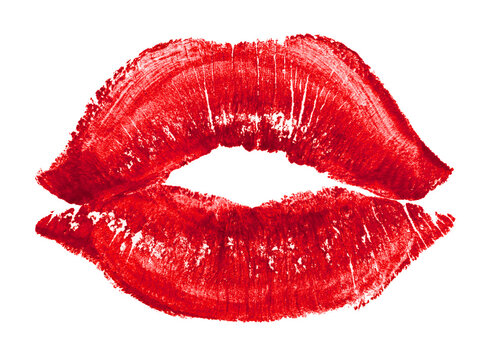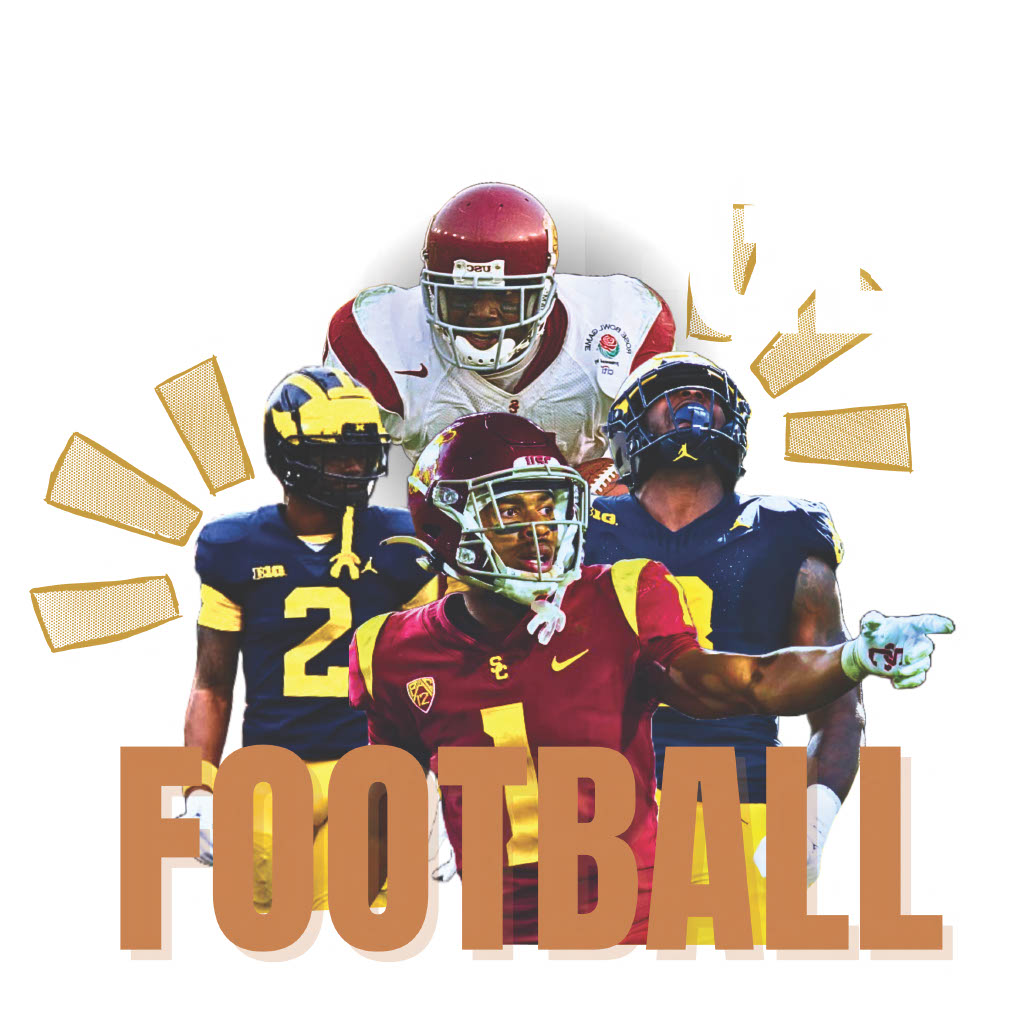Euphoria
The popular television series, “Euphoria”, depicts today’s youth in a shockingly dark light, but the question is whether this shower portrays the truth or not.
June 22, 2022
Euphoria. A profound feeling of elation and happiness. A feeling many spend the entirety of their lives chasing. To feel euphoric is to encounter a pure sense of joy, untainted and somewhat divine, but the natural rush of euphoria is not to be confused with the artificial, drug induced, feeling of happiness.
Sam Levinson, producer of the popular and highly controversial television series, “Euphoria”, conveys this brewing of drugs and party culture to numb the pain of one’s everyday life. Through graphic content and aesthetic lifestyles, “Euphoria” proposes many debates over the way the underlying message is told.
“Euphoria” first found its fans when it came out in June of 2019. The show spotlights the life of a 17-year-old, Rue Bennett, and her struggle with drug addiction and mental disabilities. It follows her and other characters depicting other insecurities that are common during the high school years.
The show hones in not only on the issue of drug addiction amongst youth, but also on the themes of discovering one’s sexuality, casual sex, insecurities regarding body image, excessive party culture, dispute between youth and adult perspectives, and more.
One may wonder why something as simple as a television show could have so much power over viewers. There are many different opinions on this series.
“Euphoria” is a raw depiction of today’s rising generation, whether it be through social media, gossip and cancel culture, pressure to mature, or the normality of masking one’s feelings of insecurity. Many of these issues manifested within the past decade, so generally those growing up in this bizarre media dominated world can find a deeper correlation with the characters and the addictions or weaknesses they represent.
“I think our generation relates to it [Euphoria] because it depicts something new and more accurate than other high school shows. The plot is more real and relatable. It also evokes emotion and sympathy for the characters.” (Fiona Hernandez 23’)
Another reason why people can reflect on their own lives through “Euphoria’s” twisted and dramatic illustration of today’s society is because of the diversity of the cast, whether it be regarding race or sexuality.
On top of the spotlight on sexuality and identity, each character represents an addiction of some sorts that is destructive.
When interviewing senior, Zoë Stephens, on the important issues the characters represent, she put each character into context.
“Cassie lost a father figure early in her life, which has made her search for male validation in her relationships. She always wants to be enough, but she never is and this drives her to a point of insanity… Rue is not a character who glorifies anything. She represents the fear, anxiety, and depression that teens may experience, and how coping with drugs is affecting her and everyone around her in absolutely negative ways. Jules portrays the difficulty and successes of finding your identity.”
The topics in “Euphoria” are very honest portrayals of the darkest parts of surviving the teenage years, but the heavy and graphic content intertwined with enchanting color and “euphoric” scenes involving drugs is what makes people question whether it can be harmful to those watching.
In an interview The Hollywood Reporter conducted with Sam Levinson, the director addresses this and the horror it brings to adults, especially parents, who have watched “Euphoria”.
“There are going to be parents who are going to be totally freaked out,” he said. “It’s a good insight into how hard it is to grow up in this time.” But some wonder whether the show is completely accurate while portraying the difficulties of finding oneself in today’s environment.
The second season’s kickoff stirred some of this controversy over whether the show is truly relatable or not, and in an effort to raise awareness of the inaccuracies of the show, the Drug Awareness Resistance Education program responded by stating that the series “chooses to misguidedly glorify and erroneously depict high school student drug use, addiction, anonymous sex, violence and other destructive behaviors as common and widespread in today’s world.” Levinson does introduce heavy topics such as casual sex and severe drug abuse as normal everyday activities, which inflicts a feeling of unease upon his watchers.
After saying this, Stephens follows up by talking about the glorification of this series.
“I would say that this show romanticizes the modern teenager, whether it is the outfits, school, partying, severe mental issues, or lack of parental figures. My mom has brought up to me articles regarding how Rue deals with her anxiety and depression and how it can be unhealthy for someone like me, who struggles with both of the mentioned, to see how she copes through drugs and dissociation.”
The show depicts the lives of each character in the darkest possible light, which inflicts a shocking hopelessness onto those following the series.
Zendaya, who plays Rue Bennett, addressed this distress before “Euphoria” first premiered by saying, “Euphoria is for mature audiences. It’s a raw and honest portrait of addiction, anxiety and the difficulties of navigating life today. There are scenes that are graphic, hard to watch and can be triggering. Please only watch if you feel you can handle it.”
Because the show is most famous for its cinematography and vividly glamorized wardrobe, some viewers look up to the characters and aspire to live that lifestyle.
“Euphoria” is a representation of the loss and insecurity that spreads like a virus through young adults and the deprecating ways of dealing with emptiness, and when younger viewer don’t understand that, all they see is sparkles and sedation, which romanticizes the use of drugs and party culture.


































